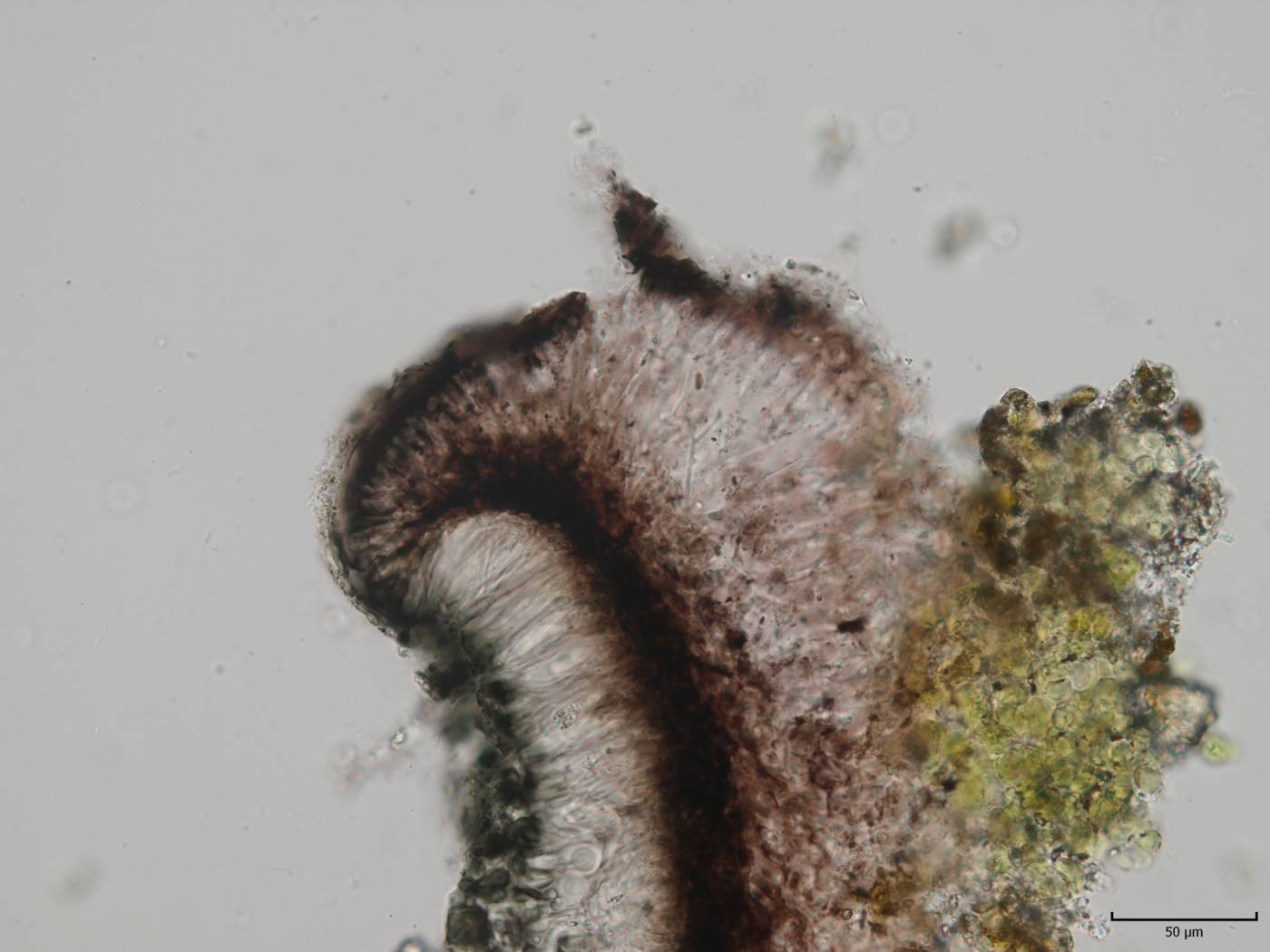Uncommon saxicolous species, ecological generalist, growing on various types of siliceous substrates, including calcareous rocks, sometimes even periodically inundated, from lowlands to mountains. It can also be found on anthropogenic substrates, such as walls. From the similar, more calciphilous species C. lenticularis, it mainly differs in the black colour of apothecia with a conspicuous margin and its ecology. From C. atomaroides, it differs in brown hypothecium and larger apothecia. C. chalybeia is widely distributed in Europe. There are only a few historical records from the Czech Republic. Vězda (1960) reported it as a new species for the Czech Republic from Tišnov and Mohelno, but he apparently overlooked the records from the surroundings of Prague published by Servít (Servít 1930), who even circumscribed a new terricolous form. Currently, it is known from a number of localities scattered all around the Czech Republic.
Literature: Servít M. (1930): Flechten aus der Čechoslovakei. I. Die Umgebung von Praha. – Věstník Královské české společnosti nauk 1929/13: 1–50. Vězda A. (1960): Doplňky k rozšíření lišejníků na Moravě II. – Sborník Klubu Přírodovědeckého 32: 47–54.
taxonomic classification:Ascomycota → Lecanoromycetes → Lecanorales → Catillariaceae → Catillaria
Red List (Liška & Palice 2010):NT – near threatened
Red List (Malíček 2023):C3 – endangered
Occurrence in the Czech Republic
All records: 42, confirmed 40. One click on a selected square displays particular record(s), including their source(s).
